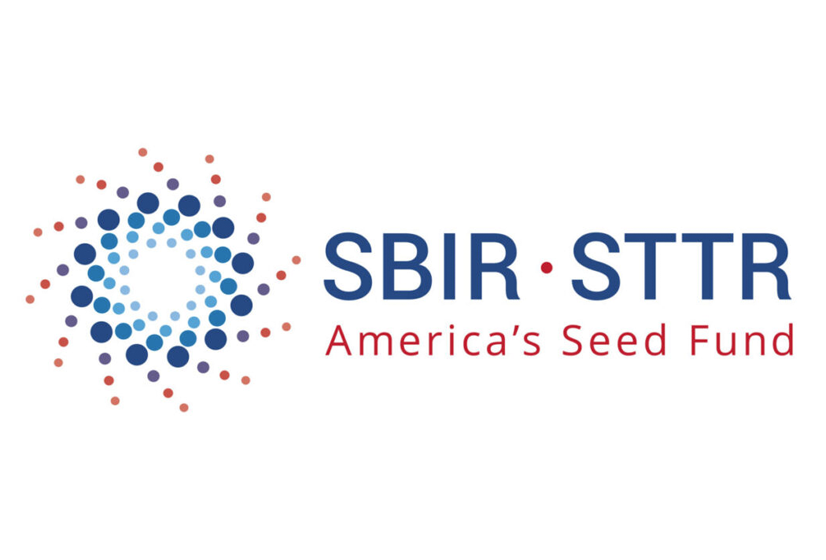Refining ELDT
SciTec’s Early Launch Detection and Tracking (ELDT) research began as a Phase I SBIR project in 2005; responding to the Missile Defense Agency’s topic “Early Launch Detection, Booster Typing, and Kill Assessment Sensor Concepts.” Following a successful Phase I effort, SciTec was awarded Phase II efforts to further refine the mission concepts and develop novel data processing methods through iterative progression of sensor systems engineering studies, modeling of targets and backgrounds and simulating relevant scenarios, collecting and analyzing real-world data, and identifying pathways to mature these technologies into operational systems.
A key part of the ELDT Phase II work – and lasting intellectual property for the company – focused on development of a flexible and extensible software testbed for SciTec researchers to create and test various processing algorithms. The SciTec HI-fidelity Early Launch Detection Software (SHIELDS) testbed provided researchers with capability to stitch together various background suppression, target detection, and tracking algorithms into end-to-end processing chains that could be tested and tuned against simulated and real-world data.
SHIELD’s modular design provided researchers with the capability to develop and test alternate algorithms at each point in the processing chain and the flexibility to be readily applied to new EO/OPIR mission concepts. It also made the task easier for SciTec’s software developers to create an object-oriented C++ Frame Processing Library code base (called APOLLO) from the MATLAB engineering code.
“APOLLO and SHIELDS are the tech tools underpinning our OPIR App Factory. Their versatility allows us to go from conceptual design of new algorithms to testable code in a matter of months and on to operational installation within a handful of program increments.”
Dr. Kathleen Paget, Portfolio Lead for National Systems
Real World Applications
Since the completion of the Phase II effort, SciTec has advanced and matured the ELDT technology into real-world mission data processing applications through a number of follow-on efforts, including a Phase III SBIR indefinite-delivery/indefinite quantity (IDIQ) contract with MDA and two Air Force Space and Missile Systems Center (SMC) Rapid Innovation Fund (RIF) projects.
“While early SBIR and other research programs are important to developing innovative approaches to challenging problems, it’s programs like SBIR Phase III and Rapid Innovation Fund that give us the chance to move promising technology across the acquisition “valley of death” and into operations. As important as this SBIR-derived technology has been to the growth of SciTec’s business, we are even prouder of the opportunity we’ve had to advance technology in support of the warfighter and our national security.”
Jim Lisowski, SciTec’s CEO
The ELDT story continues. SciTec recently implemented APOLLO-derived code into system-on-a-chip (SoC) architectures for space-based and airborne on-board processing applications and into cloud processing architecture as part of a DARPA CASINO demonstration. SciTec researchers and developers at SciTec now look to leverage this technology in support the next generation of OPIR and persistent EO sensor and ground processing systems.
